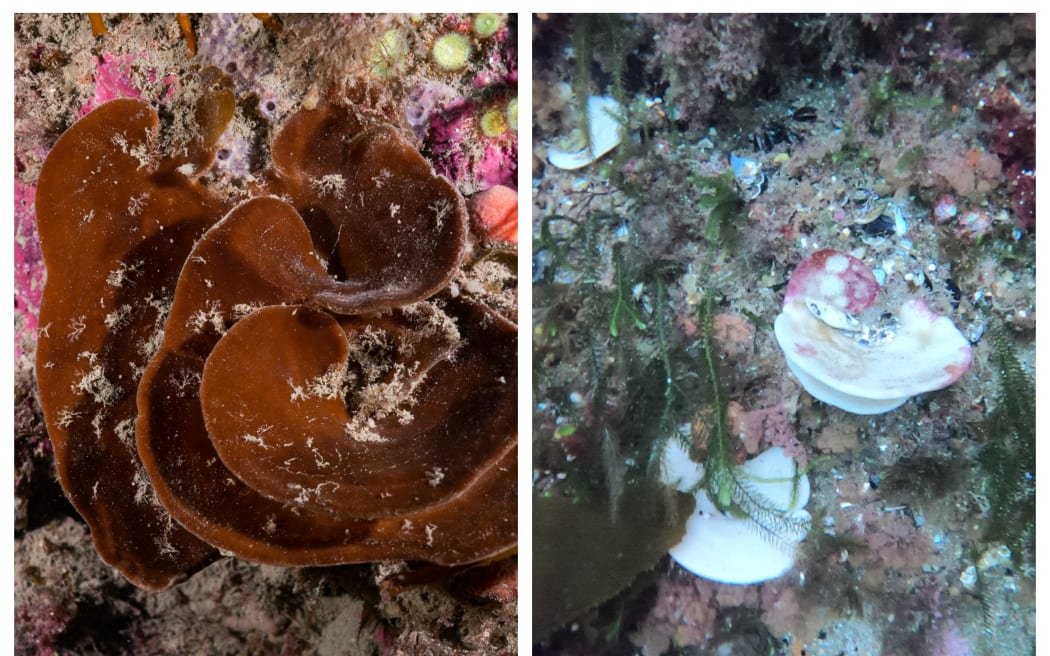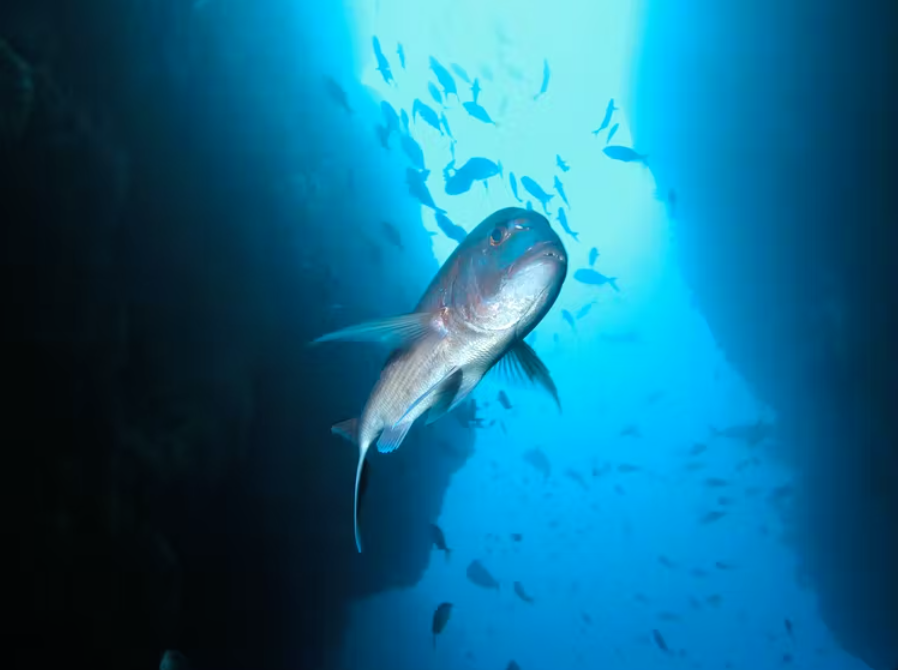Moana Project in the news
With just over one year left of the Moana Project, our team is working hard and producing exciting results. In areas as diverse as ocean warming causing sponge bleaching or changes to fish stocks that might affect quota holders, to the blue carbon economy, our research is spreading far and wide.
Linked below is a recap of the past few months of media coverage the Moana Project has garnered – read on to gain an insight into the outstanding Moana Project research.
Marine heatwaves causing sponge bleaching. When Fiordland marine temperatures suddenly reached an astonishing 5 degrees above normal in March 2022, severe bleaching of native sponges occurred. The Moana Project’s Dr Robert Smith (Otago University) unearthed the movement of the marine heatwave down the South Island west coast and demonstrated that it was New Zealand’s most impactful marine heatwave seen to date. Robert also discussed with media the evidence that an ongoing marine heatwave is causing sponge bleaching in the Hauraki Gulf. The story was told in The Guardian, NZ Geo, RNZ, 1 News and Newshub.
Impacts of marine heating on Māori fisheries. As part of the Moana Project, Tony Craig and Katherine Short of Terra Moana researched the impacts of climate change on the marine environment, and how this may affect Māori fisheries. The quota system was not set up to deal with fish stocks moving due to temperature changes, and given Māori hold almost a third of commercial fisheries interest in Aotearoa New Zealand, these are issues that quota holders need to think about. The research was published in The Conversation, and reported worldwide, as well as by Newshub, Stuff and Waatea News within Aotearoa.
Blue carbon. As part of the Iwi Impacts workstream, Moana Project PhD student Mere Takoko is doing world-leading research on blue carbon planning, working to create a plan for her native Te Tairawhiti area, which spans the north east coast of Te-Ika-a-Māui (The North Island) and the Kermadec Islands. Blue carbon is the scientific term for carbon stored in coastal ecosystems including flora and fauna, and Mere is preparing a climate resilience plan for her iwi, which includes restoration activities and aquaculture development to increase the carbon stored in our moana. Mere’s exciting work on local solutions to global problems was featured on Te Ao Māori News.
Mangōpare sensor used in citizen science. In addition to more than 250 sensors on commercial fishing vessels, as part of the ‘nation of oceanographers’ vision of the Moana Project, the Mangōpare sensor is used by a family in the Marlborough Sounds. They use the sensor in educational activities for their children and their EnviroSchool. The story is reported in Stuff in a great video about one of the most remote schools in the country, of just 14 students with some students going by boat to get there.
Record breaking marine heatwaves. Fiordland was not the only area experiencing record-breaking marine heatwaves this past year. In the Bay of Plenty, the country’s longest marine heatwave on record has now been ongoing for more than nine months. And Moana Project research predicts that in the future, marine heatwaves will intensify because of climate change. The marine heatwave statistics and future outlooks was reported in the NZ Herald, SunLive, Newstalk ZB and Waatea News.
Another marine heatwave record was reached in the Wairarapa, where even after summer finished, warming lingered in the coastal waters leading to several marine heatwaves in autumn and winter. In fact, in July, the time where the water was supposed to be getting colder, the Wairarapa marine heatwave registered as ‘severe’. Dr Robert Smith (Otago University) was interviewed for a Stuff article about the phenomenon.







